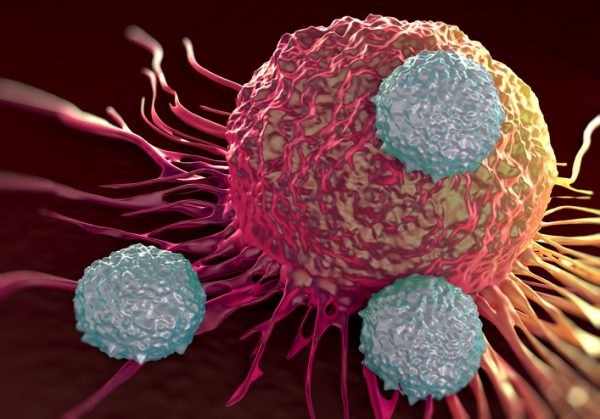
Although data in cancers outside of lung for Amgen’s drug against an “undruggable” target received a muted reception from some circles last month, an investigator in the company’s clinical trial said there was more to it.
The Thousand Oaks, California-based biotech company presented Phase I data from its Phase I/II CodeBreak 100 trial at the American Society for Clinical Oncology’s virtual meeting for AMG 510 (sotorasib), its KRAS G12C inhibitor, in colorectal and other cancers apart from non-small cell lung cancer. But when abstracts for the conference dropped in mid-May, some investment bank analysts were unimpressed with the drug.
Indeed, at first glance, the response rates in colorectal cancer appear to pale in comparison to those in NSCLC. For the dose that Amgen is targeting for the drug’s future development, 960mg once daily, the overall response rate among 25 patients was only 12%, while the disease control rate was 80%, and tumor shrinkage occurred in 11 of 23 patients with post-baseline tumor data. The median progression-free survival was 4.2 months, while the median for overall survival had not been reached.
By comparison, data on 13 NSCLC patients presented at last year’s European Society for Medical Oncology meeting showed that 54% achieved a partial response on the drug.
But in a phone interview, Dr. Marwan Fakih, a medical oncologist at City of Hope who also presented the ASCO data, painted a somewhat more complicated picture. When patients have progressed on two or more lines of therapy, he said, the options available to them, such as Bayer’s Stivarga (regorafenib), yield about a two-month improvement in progression-free survival, as compared with the aforementioned PFS seen in the AMG 510 study.
“That data is quite favorable in comparison to what these patients would have had available to them,” Fakih said. “Having data that is pretty much doubling what you would expect historically with agents in this line of treatment is a good thing, so I think it’s a step forward.”

A Deep-dive Into Specialty Pharma
A specialty drug is a class of prescription medications used to treat complex, chronic or rare medical conditions. Although this classification was originally intended to define the treatment of rare, also termed “orphan” diseases, affecting fewer than 200,000 people in the US, more recently, specialty drugs have emerged as the cornerstone of treatment for chronic and complex diseases such as cancer, autoimmune conditions, diabetes, hepatitis C, and HIV/AIDS.
However, he acknowledged that the drug’s single-agent activity is not very high, based on the 12% overall response rate. Consequently, he noted that the Phase Ib CodeBreak 101 study is testing AMG 510 in combination with a variety of other drugs, mostly small-molecule inhibitors, as well as PD-1 and PD-L1 checkpoint inhibitors. Combination with EGFR inhibitors in particular might be a way to get around potential mechanisms of resistance that could develop with KRAS G12c inhibitors, he said, based on preclinical experience.
Photo: royaltystockphoto, Getty Images













